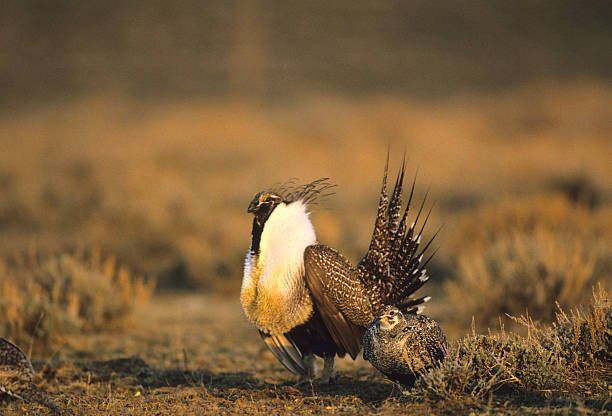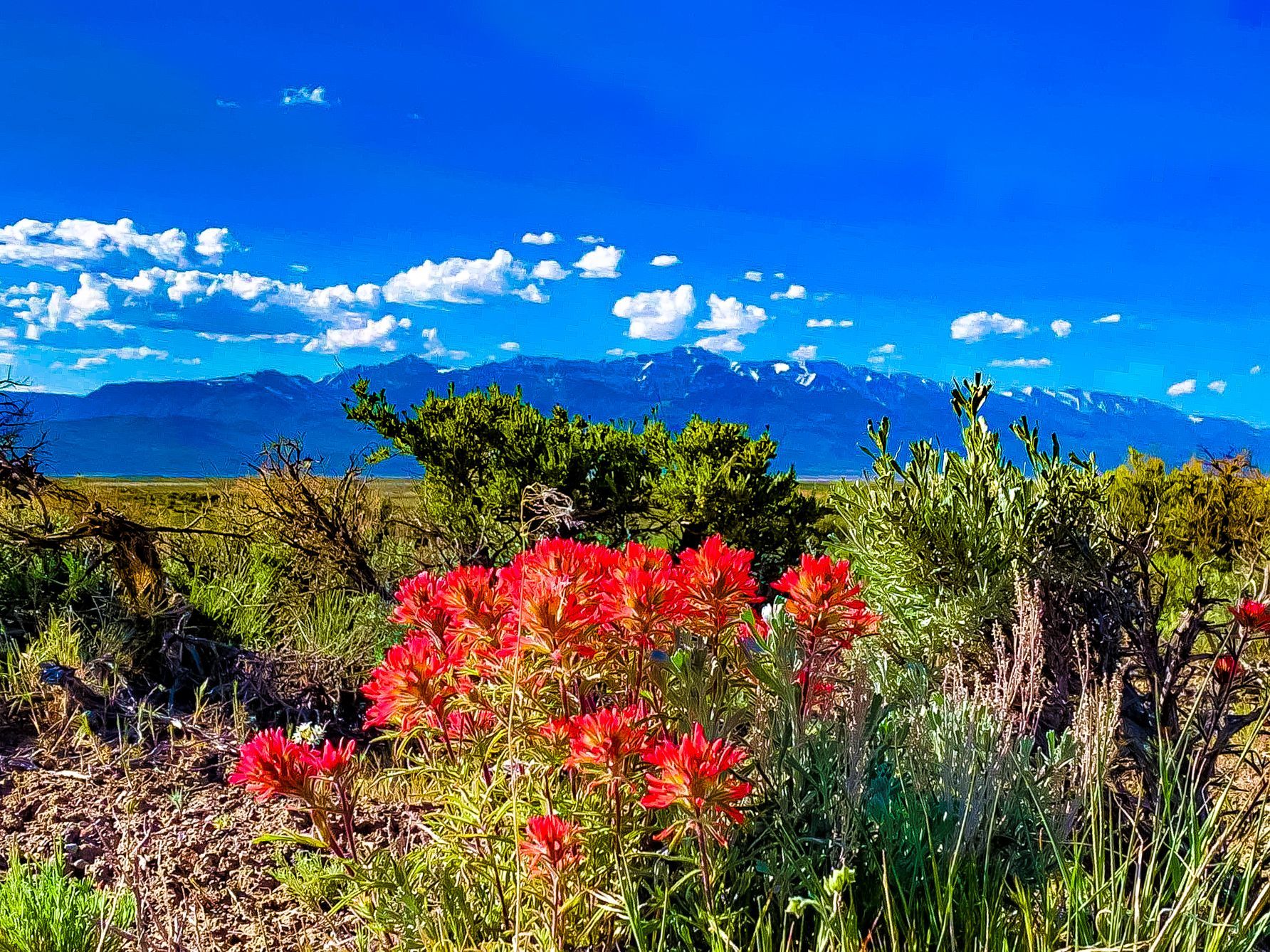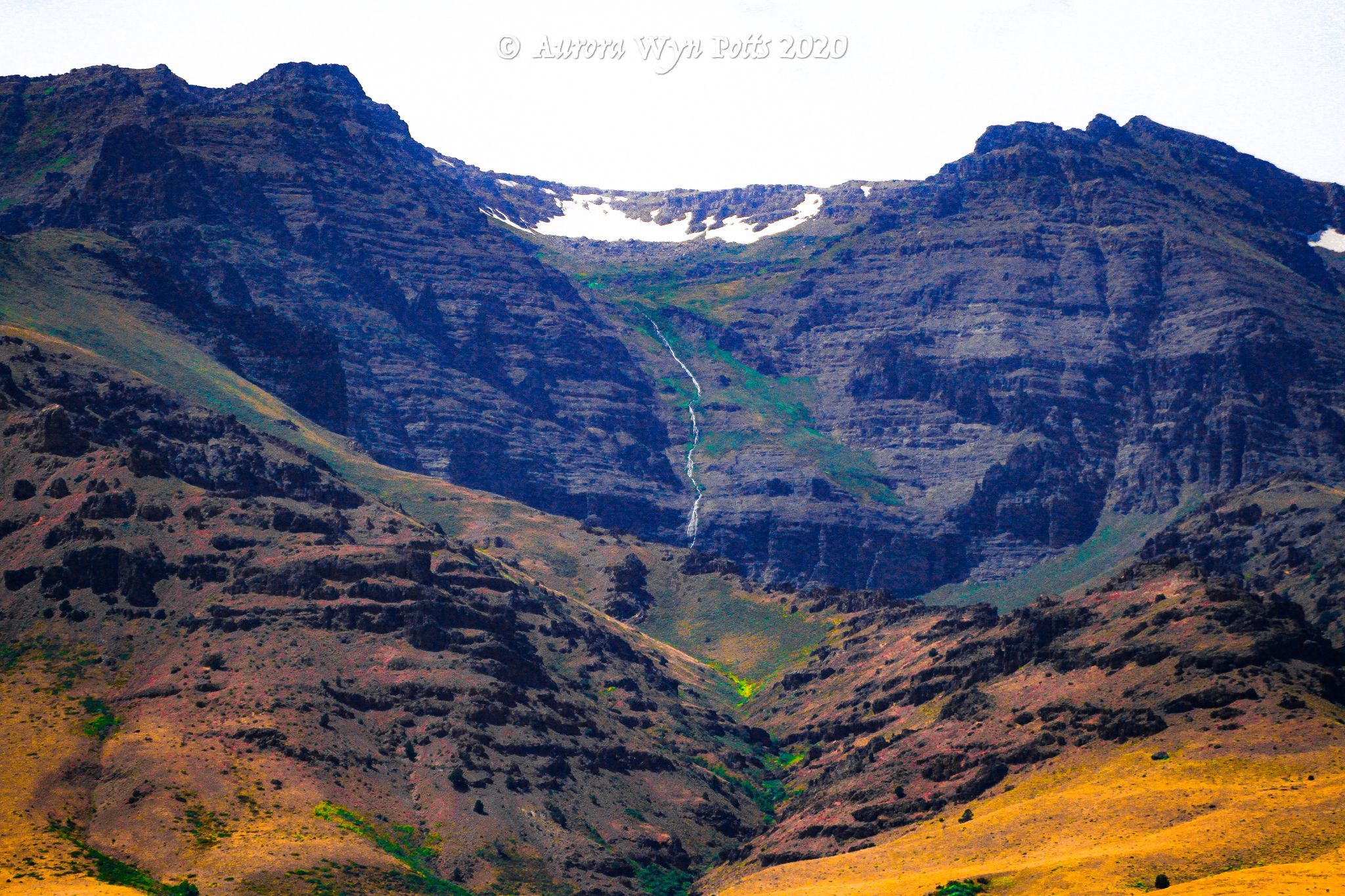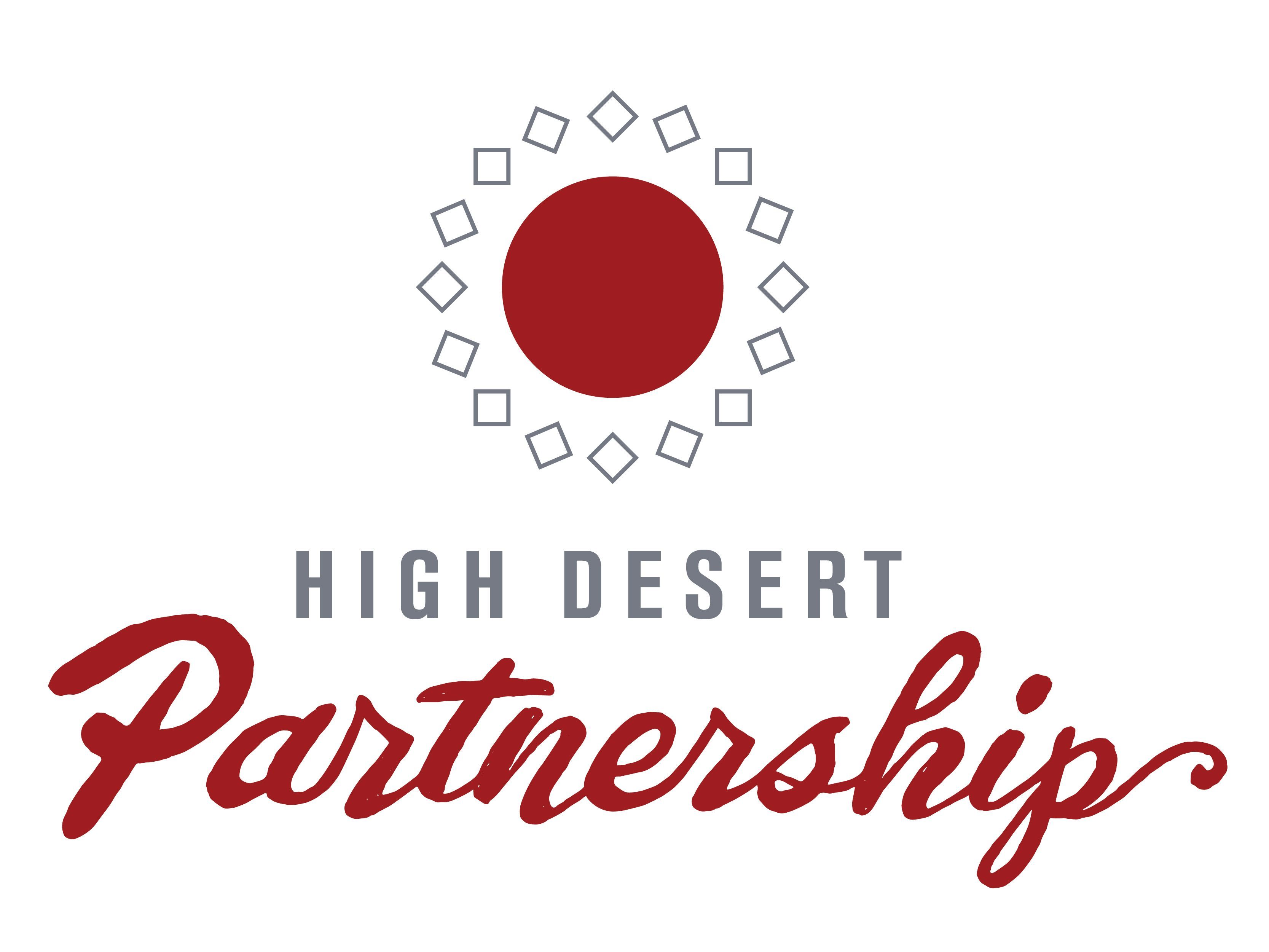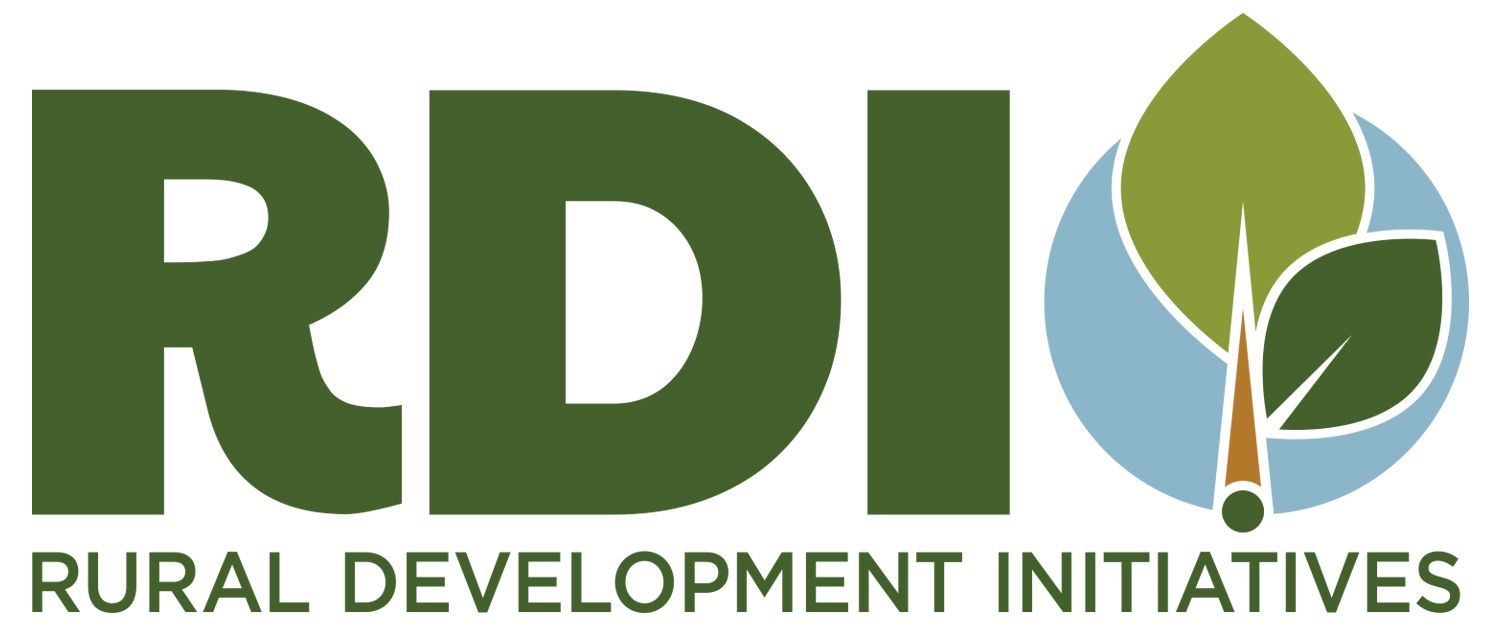EcoSource Native Seed and Restoration's mission is to increase ecological and economic diversity and resilience through restoration of degraded ecosystems, using genetically appropriate native seeds and vegetation Learn more.
News & Notes
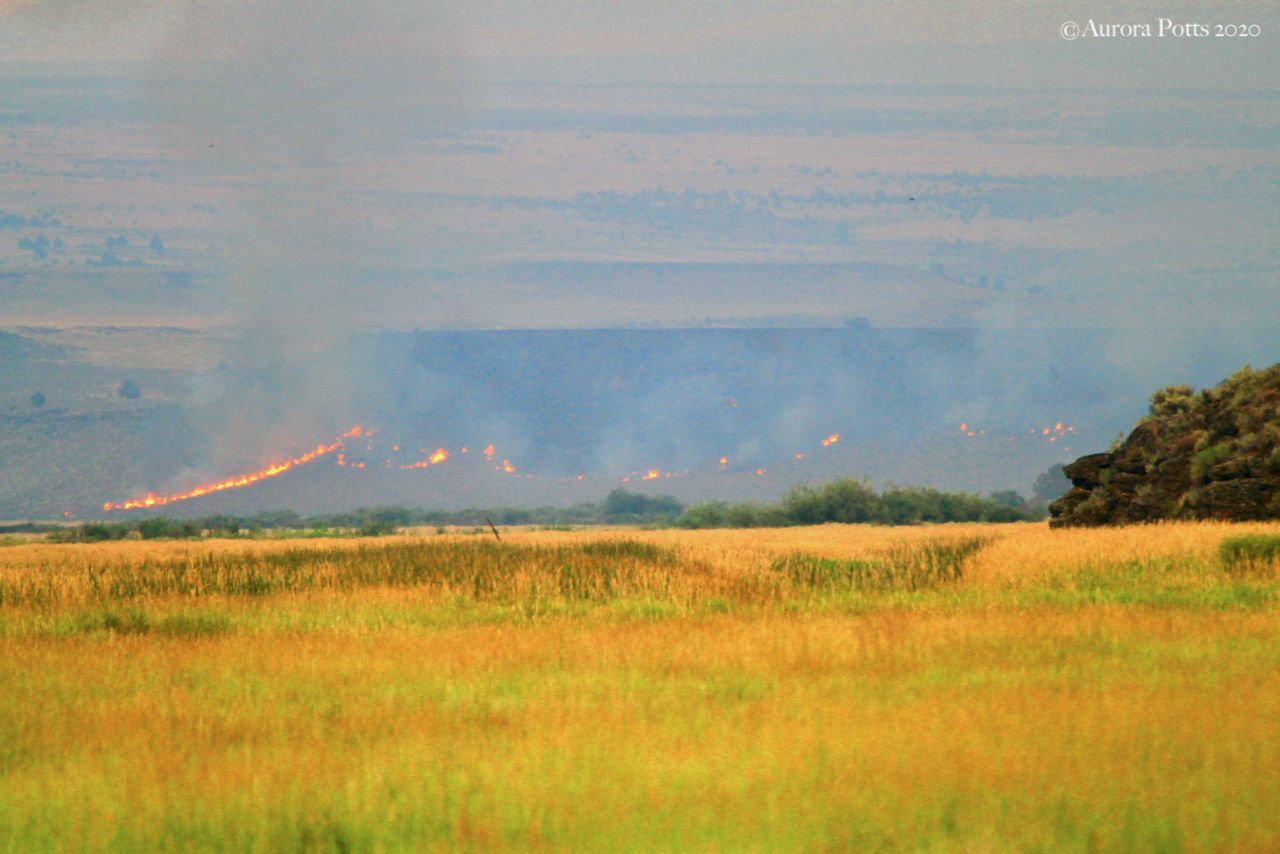
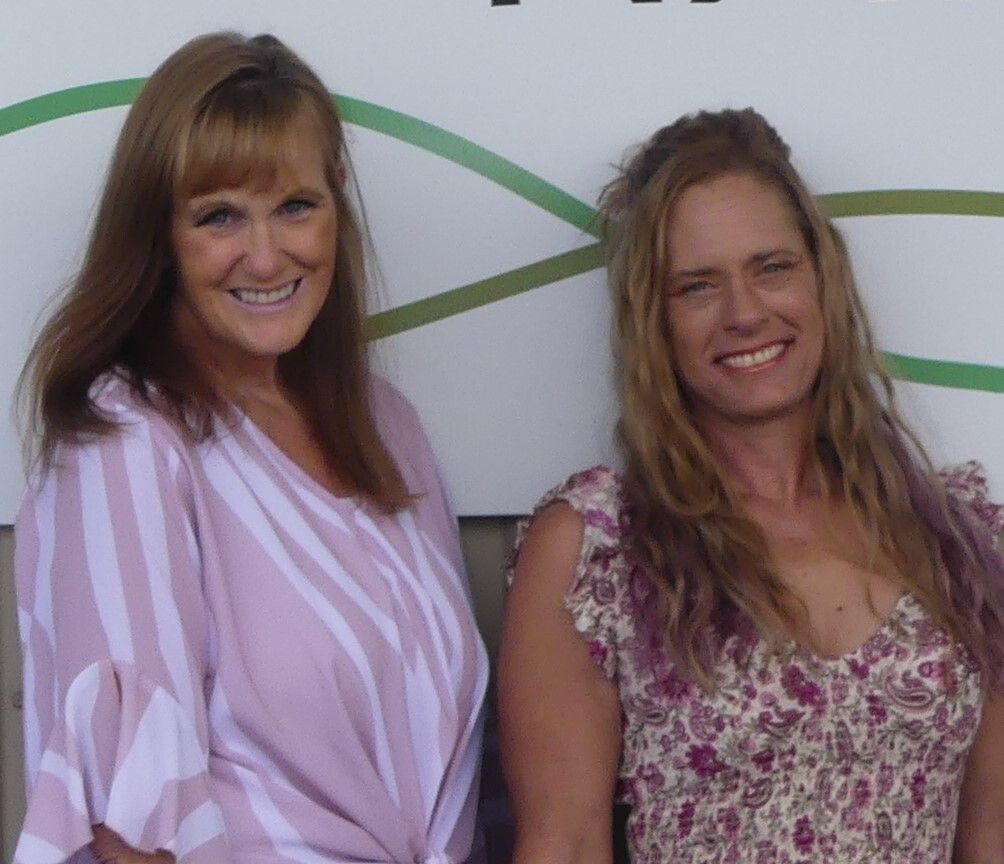
EcoSource has been making news. Here is an article we've written:
EcoSource Native Seed and Restoration Takes Pride in Success of Restoration Projects in 2022-2023.
EcoSource Native Seed and Restoration is a small nonprofit organization located in Burns Oregon. Beginning in 2020, we have worked hard to design our business model with public benefit in mind. In February 2021, we became established as a 501(C)3 Not for Profit organization. We strive to increase ecological and economic resilience through restoration of genetically appropriate native vegetation in degraded high desert ecosystems. As we gain experience using the Seeds of Success Protocols for collection and cleaning, we document these methods so as we succeed, we can support others interested in venturing into the native seed industry with small business startups.
Healthy ecosystems provide multiple environmental, economic and social benefits to rural communities. EcoSource Native Seed and Restoration understands the importance of ecological restoration incorporating indigenous plants with similar diversity and structure to local populations. By utilizing genetically appropriate native seeds and seedlings, we increase the likelihood of successful population growth, which offers the opportunity to effectively halt and reverse annual invasive species, and further degradation to ecosystems destroyed by the results of drought and mega wildfires in the high desert. Restoration is not only important to conserve the existing resources we have, but to ensure the resources are available for future generations to enjoy as well.
In 2022/2023 EcoSource had two amazing projects of successfully restoring native habitat in eastern Oregon. The Southern Oregon Wildfire Resiliency project (SOWR) was a collaborative effort of multiple agencies , local organizations, including EcoSource Native Seed and Restoration, and local private landowners. EcoSource participated and completed several different aspects of ecological restoration starting with native seed collection throughout Harney and Malheur Counties. Another portion of this project was restoration of a 1300-acre area. Working with our partners, EcoSource surveyed areas located within prior burnt areas and areas that had been previously treated with herbicides. Jennifer Taynton, EcoSource’s Executive Director, and Susan Maupin, EcoSource’s Native Seed Specialist, under the guidance of Ecologist, Dr. Roger Sheley, of ARS, selected an area that met the predetermined qualifications in accordance with Ecologically Based Invasive Plant Management (EBIPM). Restoration began in late fall of 2022. EcoSource provides ongoing monitoring of vegetative changes occurring on this seeding project. This spring, due to much needed precipitation in the region, EcoSource determined an unusually high percentage of success with our seeding of Elymus elymoides (Bottlebrush Squirreltail) shown here. Pseudoroegneria spicata (Bluebunch Wheatgrass) and Poa secunda (Sandberg’s Bluegrass) were also successful in this restoration project.
In addition to the SOWR project, EcoSource partnered with our local indigenous tribe to collect, clean, and help with restoration near Jonesboro, Oregon on land belonging to the tribe. The staff at EcoSource joined with the tribe hand stripping Wyoming Sagebrush into 5-gallon buckets for seed collection. The collected materials were transferred into seed storage bags and taken to the EcoSource warehouse, dried for several weeks, and cleaned. The Sagebrush seeds tested a purity of more than 87% clean.
After seeds were grown in tribal greenhouses, EcoSource assisted the tribe in hand planting 470 cone-tainers of Wyoming Sagebrush seedlings in late November 2022. Monitoring of the planted Wyoming Sagebrush seedlings in spring 2023 resulted in a 70% survival rate of the seedlings after the first winter.
If sagebrush seedlings survive past approximately 12 weeks, the probability of survival is high. We expect this restoration project to continue to prosper. With these amazing results, EcoSource Native Seed and Restoration looks forward to working with our partners on restoration projects in the future.
-
Our programs are designed to provide relevant information to support stakeholders and their ability to make informed choices.
Take a look. -
Fundraisers and events help us raise awareness and generate crucial resources in support of our cause. Join us at our next event and see how you can get involved.
Find something to do. -
Our grassroots network is an integral part of our larger community. Team up with us and see what a huge difference a little bit of your time can make.
Take action.

